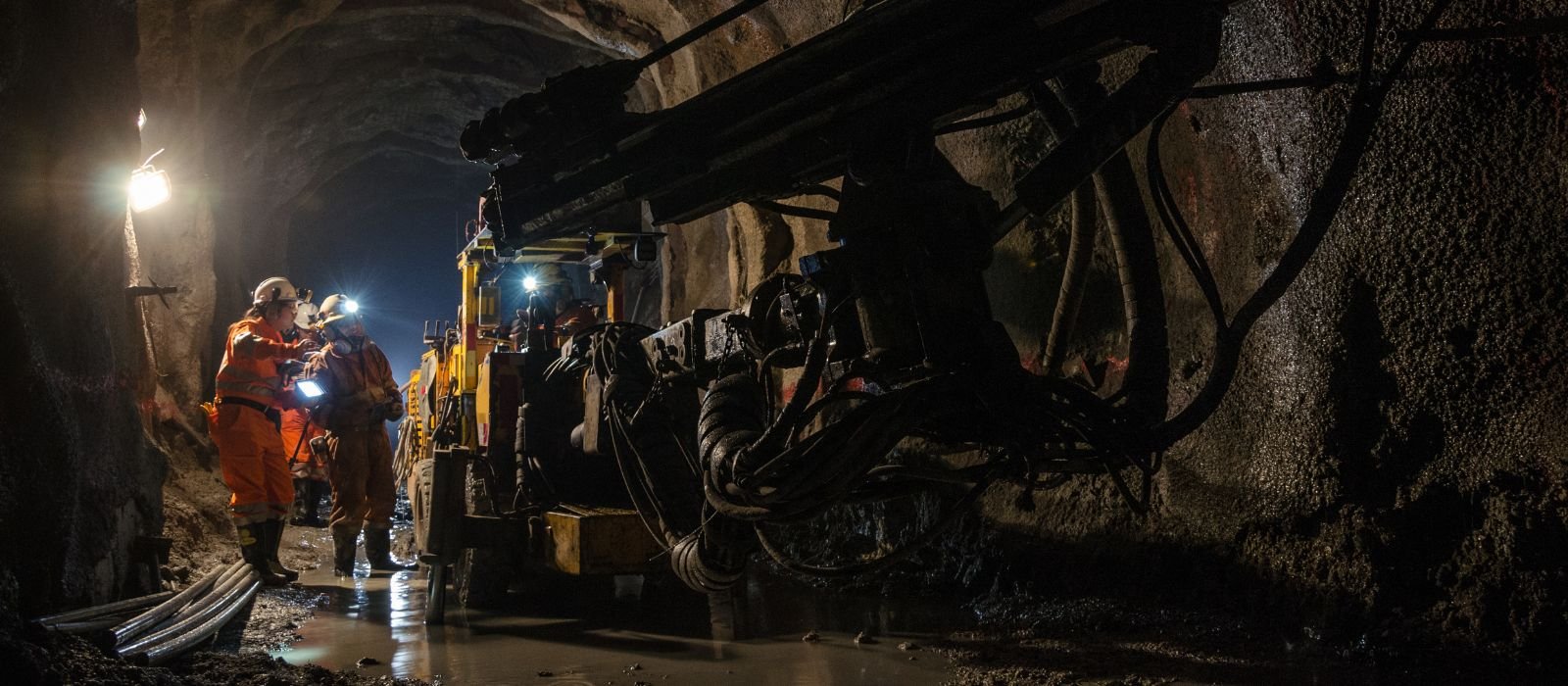Resource-driven scheduling: Rethinking mine scheduling from the ground down

Mining is an industry of precision, where every shift, every haul and every interaction impacts the bottom line.
So why do so many mine plans still rely on high-level assumptions and rigid Gantt charts that struggle to reflect real-world constraints?
This article introduces resource-driven or first principles scheduling, an approach that ditches traditional top-down planning in favour of a dynamic, bottom-up model that aligns activities with the actual availability of equipment and crews. It is particularly suited to the complexity of underground mine planning.
The challenge with traditional task-based scheduling
Traditional mine scheduling tools were designed for open pit operations and have struggled to adapt for the intricate dependencies and constraints of underground mining.
Conventional methods follow a task-based approach, where activities are planned out in advance and resources are assigned accordingly. However, underground mining presents unique challenges that require a fundamentally different strategy, for example:
Restricted access and layout
All mines are complex, but underground mines are extra challenging. Elaborate, confined networks of particularly hazardous environments require meticulous planning to avoid bottlenecks and ensure safety.
Ventilation constraints and cost
Ventilation can account for up to 50% of an underground mine’s energy consumption, making airflow a critical factor in scheduling and budgeting (Saleem, 2025).
Equipment Utilisation
The industry has been calling out for better tools to manage idle underground mining equipment and improve Time Usage Models for years (Ballantyne, 2020). Lost operating time due to scheduling inefficiencies leads to wasted resources and unnecessary costs, driving down profits.
Productivity Gaps
McKinsey reports that underground hard rock mines account for 40% of global operations, however generate only 12% of run-of-mine (Martino et al, 2021). It’s generally accepted that underground mines tend to be more targeted, more costly and less productive than open pits.
When traditional scheduling tools have been applied to underground mining, the outcomes often fall short for a few reasons:
- The lack built-in tools for managing development networks and complex dependencies.
- Poor accuracy and flexibility to account for ventilation, infrastructure constraints and mobile equipment utilisation.
- The need for extensive manual adjustments to reflect underground conditions, leading to inefficiencies and errors.
The difference with resource-driven scheduling
Instead of assigning resources to pre-defined tasks and then leveling them, resource-driven scheduling flips the script: tasks are driven by available resources. The result? A naturally balanced schedule that mirrors real operational limitations - whether it’s ventilation constraints, fleet availability, or waste handling bottlenecks.
By structuring schedules around resources rather than forcing resources into predefined slots, planners achieve:
- Transparency – Every data point can be drilled into, uncovering how tasks interact.
- Resilience – Plans are adaptable and align with operational realities.
- Confidence – Decision-makers get achievable, risk-aware mine plans that deliver on strategic goals.
- Alignment – Improved accuracy means closer alignment between planning horizons, leading to better production outcomes and long-term site management.
A resource-driven approach, designed specifically for underground metals, prioritises resource availability and real-time constraints. This methodology allows mines to generate schedules that are not just theoretical but operationally viable from the outset.
Real-world applications of resource-driven scheduling
1. Modelling ventilation constraints
Ventilation isn’t just a checkbox; it’s a defining factor in underground operations. Resource-driven scheduling naturally accounts for air circuit constraints, ensuring concurrent equipment use doesn’t exceed available airflow and create costly delays.
2. Managing waste inventories
Mine plans aren’t just about extracting ore; they must also incorporate waste management. Resource-driven scheduling takes inventory constraints into account, ensuring that sufficient waste is generated before backfilling activities can commence. Additionally, capacity limits can be set to prevent excess waste from being produced until stopes are ready for filling.
3. Accounting for operational risk
Uncertainty is inherent in underground mining. Resource-driven scheduling allows for greater scenario planning, enabling engineers to model multiple outcomes and prepare for unexpected changes in conditions.
Join the underground revolution
Resource-driven scheduling isn’t just an evolution - it’s a revolution that makes the most of sophisticated, software for resources professionals. Micromine has recently released Micromine Advance, an underground mine scheduling application purpose-built for hard rock metals operations.
Leveraging a resource-driven or first principles approach, the software enables engineers and schedulers to create dynamic and realistic schedules that are tailored to underground conditions. With powerful tools for dependency management, network validation, and real-time reporting, it transforms underground mine planning into a data-driven process.
You can learn more about how resource-driven scheduling can optimise underground mining here.
Rethinking mine scheduling from the ground down
By embracing a resource-driven approach, underground mines can achieve smarter, adaptable and more accurate scheduling that doesn’t just meet targets but redefines them. As the industry moves toward more complex underground operations, it’s clear that traditional task-based scheduling no longer meets the needs of modern mining.
References
Ballantyne R, 2020. ‘Challenging the Norms’: Time Usage Model – Mobile Underground Mining Equipment, AusIMM Bulletin, [online]. Available from: https://www.ausimm.com/bulletin/bulletin-articles/challenging-the-norms-time-usage-model--mobile-underground-mining-equipment/
Martino R, McCann P, Kumar Rar R, and van der Ende O, 2021. 'Digging deeper: Trends in underground hard-rock mining for gold and base metals, [online]. Available from: https://www.mckinsey.com/industries/metals-and-mining/our-insights/digging-deeper-trends-in-underground-hard-rock-mining-for-gold-and-base-metals
Saleem H, 2025. "Energy Consumption Reduction in Underground Mine Ventilation System: An Integrated Approach Using Mathematical and Machine Learning Models Toward Sustainable Mining", Sustainability, 17(3), 1038. https://www.mdpi.com/2071-1050/17/3/1038